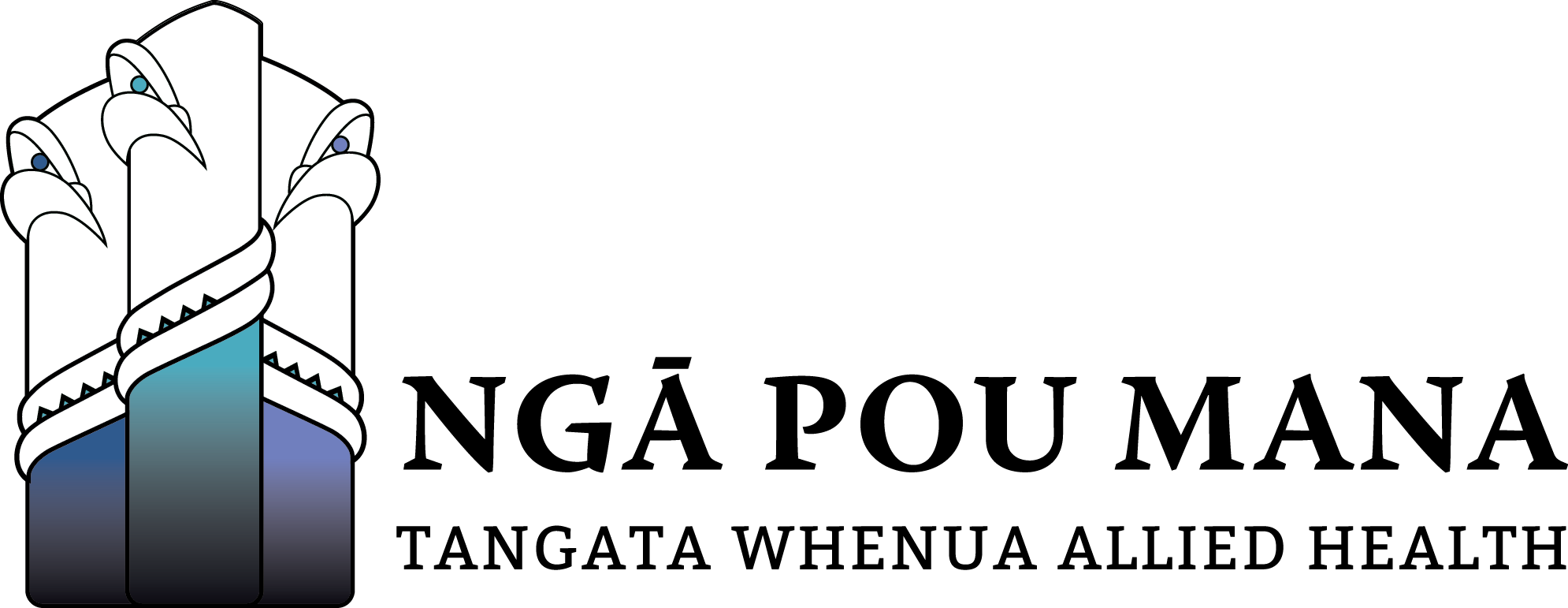According to the Ministry of Health, around half (51.7%) of all adults meet the recommended two and a half hours of physical activity a week.
We are knocking countries like the US out of the park: a study done in the USA found less than 10 percent of adults exercise enough.
However, this still means that there are a significant proportion of us that find it challenging to incorporate exercise into their day to day lives.
Exercising can seem intimidating at the start - with so many ways to be physically active, it’s hard to know what options are right for you.
We believe that everyone can incorporate movement into their lives – did you know you don’t have to be injured to see a physiotherapist?
A physiotherapist can help you get moving in the ways which will not just benefit your body but suit your physical capability too.
We’ve put together a handy guide to help you get moving and get the most benefit from exercise. You’ll also find some handy tips from our Physiotherapy team to incorporate more movement into your daily life.
3 main benefits of exercise
Exercise makes you happy!
It is hard to overstate the positive benefits exercise has for your mood.
The endorphins which are released after a challenging workout triggers a positive feeling in our body, known as a 'runners high'.
Exercise can improve your energy levels, meaning that throughout the day you feel more motivated and energised to get things done.
Regular exercise can improve your sleep, meaning you start going to bed earlier (higher quantity of sleep) and find it easier to mentally wind down in the evenings (better quality of sleep).
Exercise can help manage chronic health conditions
The biggest benefit that exercise has on our bodies is improving our fitness levels. It seems simple, but the effects of this are profound.
Some studies have found these positive effects, unsurprisingly, can decrease our mortality rate.
Exercise testing uses Metabolic Equivalents (METs) to measure performance during exercise. For example, reading, eating and getting dressed is 1 MET, and highly strenuous exercise measure up to 10 METs.
A study on the results of that testing found that for every MET of improvement, people (on average) decreased their risk of mortality by 12%.
People living with some chronic or lifelong conditions will be heartened by the effects regular exercise can have for them.
Exercise has shown to help manage Type 2 diabetes. A long-term study in China found that exercise reduced the onset of Type 2 diabetes by nearly half (46%).
A Finnish study found that when combined with changes to diet, this reduction increased to 58%.
A physiotherapist can help develop a tailored exercise plan among other things for everybody and every body.
Exercise helps improve pain
Living with chronic pain can be a balance of managing your pain and your levels of movement.
There are ways to incorporate more movement into your life, and some significant physical benefits you can reap. A few examples are:
- Pain reduction - exercise which involves a wide range of activity (aerobic, resistance and flexibility training) is effective at significantly reducing pain in osteoarthritis, fibromyalgia, chronic lower back pain and rheumatoid arthritis.
- Improving your physical function - having a pain condition can significantly reduce physical function. Without regular exercise, a condition like fibromyalgia can dangerously lower your levels of activity. Flare ups can be difficult, but by incorporating movement when you can improves your ability to do more.
- Exercise is an effective anti-inflammatory - If done regularly, some conditions can get as much pain reduction from exercise as they do from anti-inflammatory medication. There are also reductions of inflammatory marker levels after committing to a longer period of regular exercise.
How to develop an exercise routine
Establish a ritual
Getting started doesn’t have to be difficult, it’s all about breaking it down into steps.
Every new routine takes some practice to get used to.
Cultivating a ritual can start with something as simple as writing it down on paper and sticking it somewhere visible or adding it to your digital calendar.
Something as little as planning when you will exercise for the week in advance can be a powerful way to make sure you have the time to make it happen.
A good example is blocking out time straight after work, and for the first few weeks it might be a challenge to adjust to a new habit.
Eventually, you will begin to look forward to letting the workday melt away after a good workout.
Start small
When you’re starting out, it’s okay to start ‘low’ and progress slowly.
Not everyone can consistently maintain a high intensity exercise routine from the get-go. Starting with lower intensity, shorter workouts can help you build up your strength and endurance.
If you decide to mix things up with a lower intensity session of exercise sometimes, you’re still achieving getting up and moving – which is still a great achievement.
Consistency is key
No matter your age or level of ability, you can always start (or re-start) your journey to better health and wellbeing.
You can get to a stage where you’re excited about health and fitness goals, and motivation plays a large part in this.
For some people, their goal may be weight loss - for others, it may be specific training goals, being able to walk a certain distance or to a landmark or being able to spend more active time with their families.
For example, your first visit to the gym might be just 2 minutes on the treadmill, then 4 minutes, then eventually adding a bodyweight warm up – after not too long, regular 45 minutes can become very manageable.
When working with clients, a physiotherapist will help you to build sustainable habits, which you can reap the benefits of for years to come.
Examples of how people fit exercise into their day
Josh – "I make sure all my workout gear is in the car with me when I go to work. I book into my gym class the day before and drive straight to the gym. This means that even on the days that I am sore or busy, I don't get tempted into staying at home after work because the gym is my first stop."
Katrina – “I love the outdoors, and try to go hiking, walking, or skiing whenever possible. I use my time at the gym to get fitter and stronger so I can continue to enjoy longer trips out with my friends.”
Gemma – “Every week, I play social basketball and netball with my friends. I love seeing our team improve and the social aspect keeps me turning up every week. The exercise is just a bonus!”
How physiotherapists at APM can help with your exercise
- Advice around exercising with pain or injuries - often, pain can hold us back from exercising because we are worried that we may make it worse. We can provide advice on finding a safe way to exercise, regardless of whether you have just sprained your ankle or have had chronic back pain for years.
- Supervising exercise if you have a chronic health condition - some health conditions like heart failure and other cardiovascular illnesses require supervision when exercising to make sure it is safe. Our physiotherapists can liaise with your primary health care provider to ensure that the exercise you do is safe and sustainable.
- Helping pick the right movement for you - we will have a conversation with you around what you enjoy and figure out how we can incorporate out treatments with what you value.
Love your healthy new hobby
At the end of the day, the best way to make any practice part of your life it to make it mean something to you.
And we’re not just talking about the sweat and endorphins – joining a gym, club or class helps you feel more connected to world through the friendships you form.
This can be life changing too.
Let us help you find a way to move.


